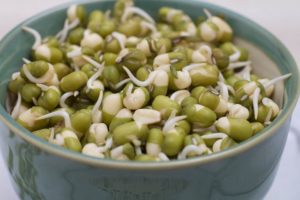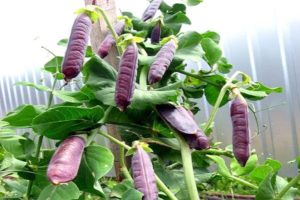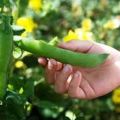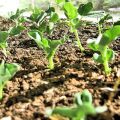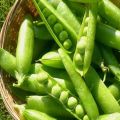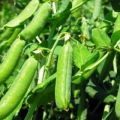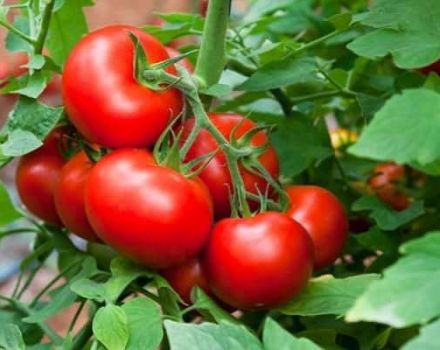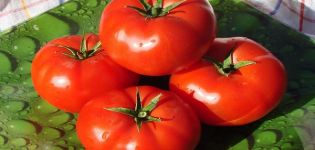What to plant next year after peas, the best predecessors in crop rotation
It is possible to grow a large and constant crop in one area only if agrotechnical methods and nuances are observed. One of them is the correct choice of pea precursors. Like any legume crop, it requires individual conditions for the selection of the preceding plants, careful care and a suitable soil and climate condition.
Peas in a crop rotation
For a stable, large yield, it is important to adhere to the established rules of crop rotation. When growing crops, you need to take into account the condition of the soil, atmospheric conditions and what plants were sown on the ground earlier. When choosing places to place peas, important factors are also its low competitiveness to clogging and susceptibility to common diseases inherent in legumes.
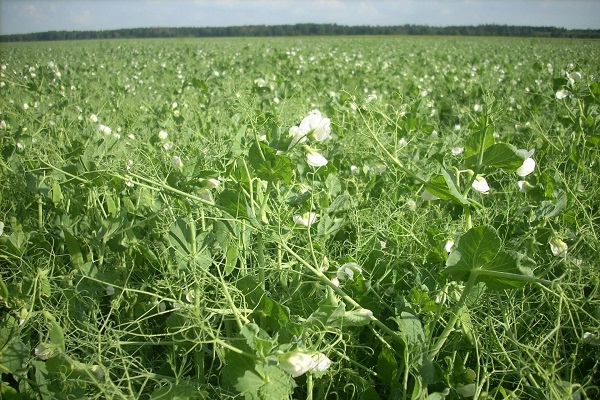
In percentage terms, the share of seedlings in the crop rotation should be no more than 25%. The frequency of plant return to one site varies from 4 to 6 years to prevent root rot. With an increased infectious background, this period rises to 8-10 years. In order to reduce the risk of transmission of infectious pathogens and the spread of dangerous insects, experienced gardeners recommend sowing peas plant separately from other pulses.
Soil processing after peas
Soil preparation for planting in the next season after legumes is carried out according to the system of autumn cultivation. The whole process of basic processing is divided into the following stages:
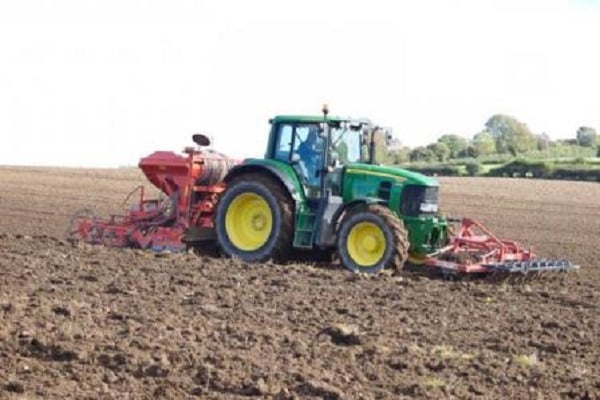
- During the spring-summer period, several layer-by-layer cultivations with plucking are required. The final cultivation is carried out to the sowing depth.
- Provided that the soil is sufficiently moist, semi-steam soil cultivation is used.
- The soil surface is processed with disc tools.
- The soil is maintained in a loosened state and periodically cleared of germinating weeds before sowing new crops.
- Before the direct planting of the next plants, the soil is disinfected in case of pest development, after which fertilizers are laid, suitable for the planned planting.
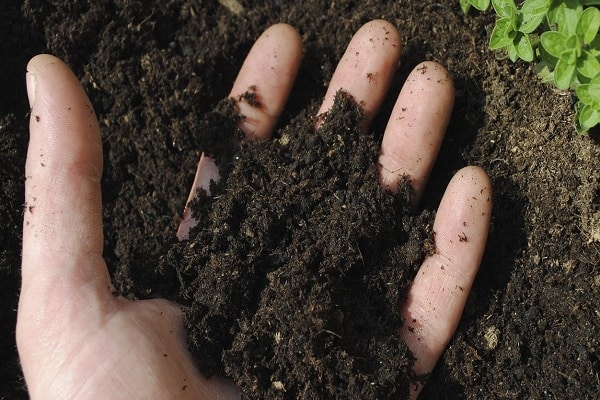
Pea precursors
Any plant varieties are recommended to be planted after winter and spring crops, potatoes, sugar beets. In areas with low moisture levels during the growing season of seedlings, the main difficulty in the cultivation technology is the elimination of weeds. For this reason, it is better to use as predecessors those crops that contribute to agricultural activities for harvesting weeds and maintaining the required moisture level in the soil.
When planting in arid areas, it is worth opting for predecessors that dry out the land to the least degree. Peas can produce high yields in dry soil when sown after oats and barley. At the same time, it is important that the crops of the predecessors are fertilized and free from weeds.
The least contaminated beds remain after row crops (corn, buckwheat, potatoes). In addition, when cultivating the land with these plants, natural mineral fertilizers are used, which have a beneficial effect on the next plantings by stimulating the activity of legume-ripe symbiosis.
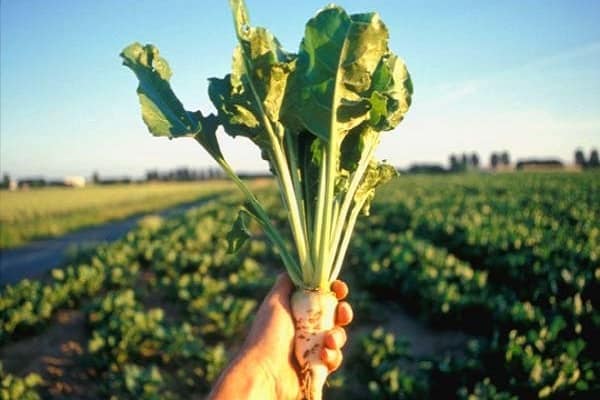
What to plant after peas?
All legumes do not accept secondary crops on the same land for two consecutive seasons. The next year, you need to plant plants that are comparable in their characteristics to this crop. Since peas release a large amount of nitrogenous compounds into the soil during the ripening process, after it, nightshade and pumpkin crops, cabbage and root crops should be grown in the beds.
During cultivation, the plant constantly suppresses weeds and creates an abundant vegetative mass.
Due to the rapid ripening, the beds are freed in a short time and the possibility of processing for sowing winter grain crops opens up. In areas with a risk of leaching out the remaining soil nitrogen after harvesting the peas, it is recommended to sow crops that use this nitrogen for growth. These crops include not only cereals, but also winter rapeseed. A suitable option for cultivation after peas is catch crops.
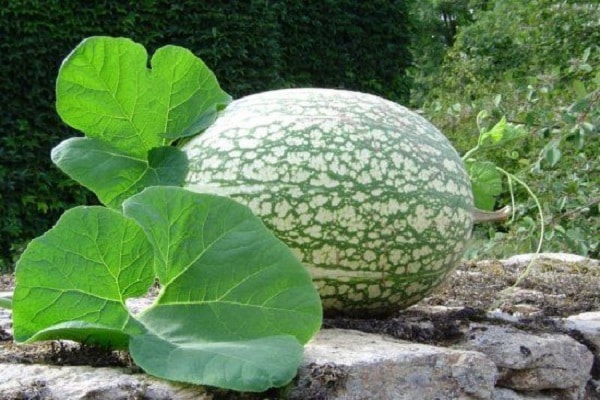
What should not be planted after peas?
Due to the presence of common pathogens and dangerous pests, no legumes should be grown after peas. Otherwise, the harvest will be significantly lower than the planned figure. Due to the accumulation of wireworms, perennial grasses, as well as sunflowers, cannot be sown in the next season, as the residual seed drop will clog the soil for the next crops. Sudanese grass and flax are excluded from subsequent crops due to the risk of fusarium.
For proper maturation of all grown plants, it is important to observe spatial isolation. When planted at the same time, peas should germinate at a distance of about 500 meters from all the above seedlings. This measure helps to reduce the likelihood of damage to seedlings by weevils and aphids.

